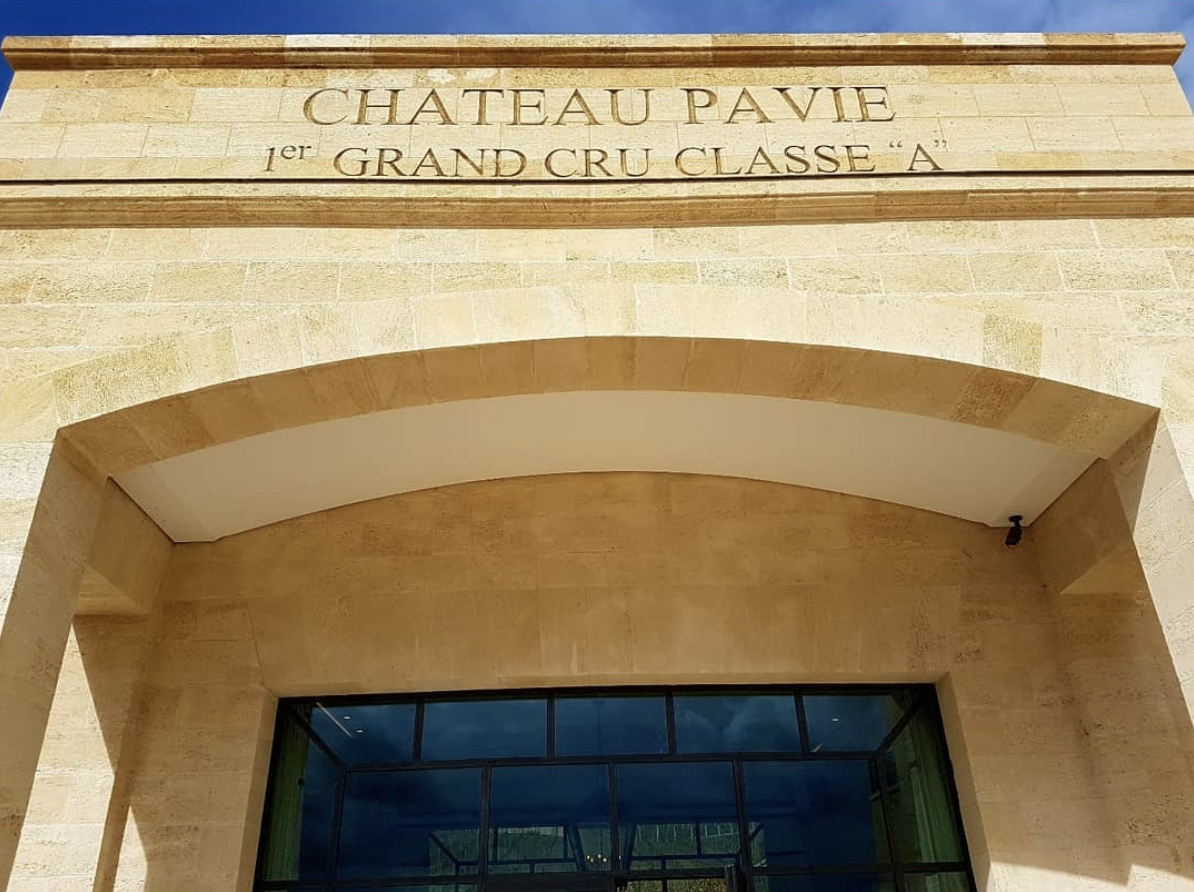by Wine Owners
Posted on 2018-04-11
Reflecting on day two, with the heady aromas of Pavie and co still flickering around our mouths, and a hard day's tasting behind us, we searched for patterns and rules. But, on reflection, there really is no rule that we can suggest.

©Jonathan Reeve / Wine Owners
An Unexpected Guest
Cabernet Sauvignon made an larger-than-usual appearance in several top wines we tried today, most noticeably Vieux Chateau Certan and Cheval Blanc. Typically, VCC contains just 1% Cabernet Sauvignon, but in 2017 that was increased to 5%. Although there was no overt Cabernet Sauvignon aroma profile in the wine, its freshness and focus almost certainly added to the completeness of the mouthfeel. Cheval Blanc is a quite different story; 2017 is the first vintage in many years that the wine will contain Cabernet Sauvignon.
©Jonathan Reeve / Wine Owners
Shining Examples of Franc
Cabernet Franc is absolutely not in the dog house in 2017, despite the general impression that it had a tough vintage. Three stand-out wines from today's line-up contained substantial levels of Cabernet Franc; Chateau Troplong- Mondot, Chateau Canon and Cheval Blanc's Petit Cheval. The former pair included around 25% Cab Franc, and Le Petit Cheval put on a blinding performance with a relatively massive 48%. So, while the variety may have had a very tough vintage in some parts of the right bank, it is showing admirably in others.
Frost Patterns
There is a lot of emphasis this week on The Frost (27th and 28th April 2017), and rightly so; it was absolutely devastating from some producers, and has had clear repercussions in their 2017 wines. But not all vineyards were affected, and some seem to have escaped entirely unscathed. Chateau Canon, for example, was almost completely untouched by frost. The wines are suitably excellent - refined, bright, tight and focused. Vieux Chateau Certan - our second tasting of the day - is another example of a winery seemingly undaunted by the frost. It tasted magnificent, silky and balanced this morning, all those tannins ago. But many of those right bank producers who did experience frost have found ways to produce good, and even excellent wines. Some adjusted the blend of grapes they use. Soutard is a fantastic and successful example of this; their 2017 is very good, and will be a great value buy when released. Their 2017 blend was 90% Merlot (significantly higher than the 65% normally used), with Cabernet Franc, Cab Sauvignon and Malbec making up the remaining 10%.
Chateau Gazin was untouched by frost, but the team there nonetheless felt that their Cab Franc wasn't quite up to scratch. They took the decision to boost their blend up to a fat 95% Merlot, resulting in a 2017 grand vin with a silky mouthfeel, great balance, and an enticing touch of kirsch dancing around on the nose.
On the left bank yesterday, the story was quite different. The frost was relatively indiscriminate there, affecting most vineyards to some extent. But here in the right bank, the hillier landscape allowed the freezing air to drain away from some places...and to gather catastrophically in others. Thus the distribution of frost damage was much more patchy here. Clay-based areas and lower-lying sites were obviously hit very hard by the frost. We do feel for those producers hit hardest - it was clearly not an easy vintage for them, and they face challenges ahead when the wines are released to market.
©Jonathan Reeve / Wine Owners
So the rule really is that there is no rule here. Which makes exhaustive primeurs tasting all the more valuable. Tomorrow (Wednesday) we head to Graves and Pessac-Leognon in the morning, to taste the Haut-Brion wines, and then on to Pape Clement and Malartic Lagraviere. We shall see if, and to what extent, the gravel soils helped mitigate the frost impact here...

